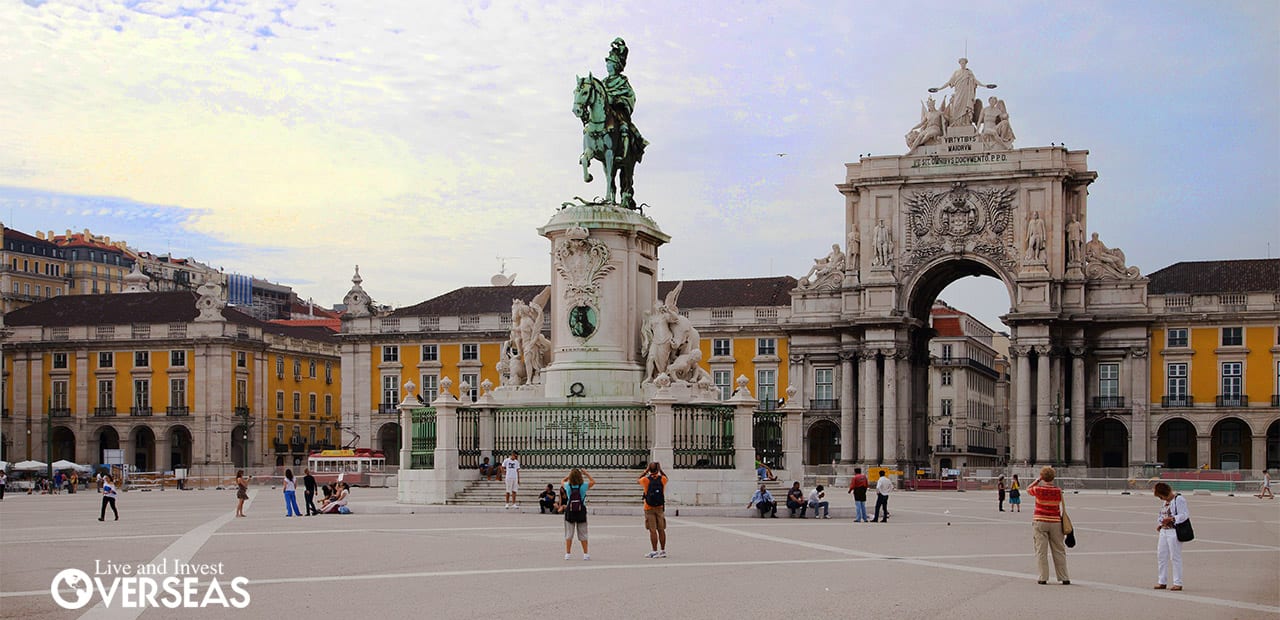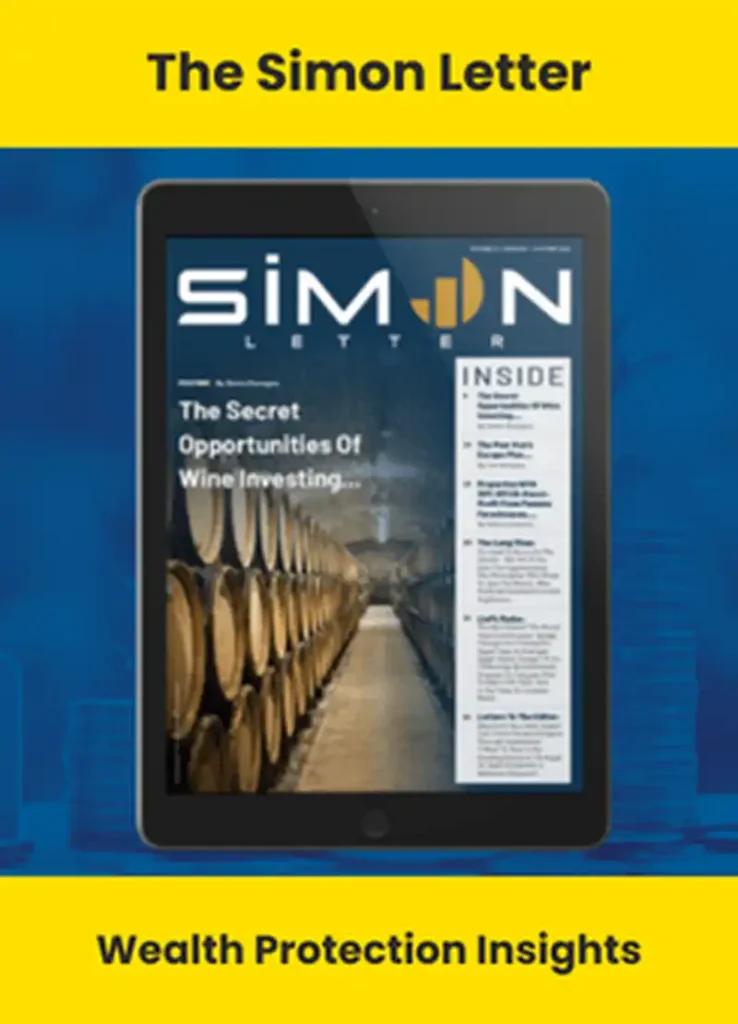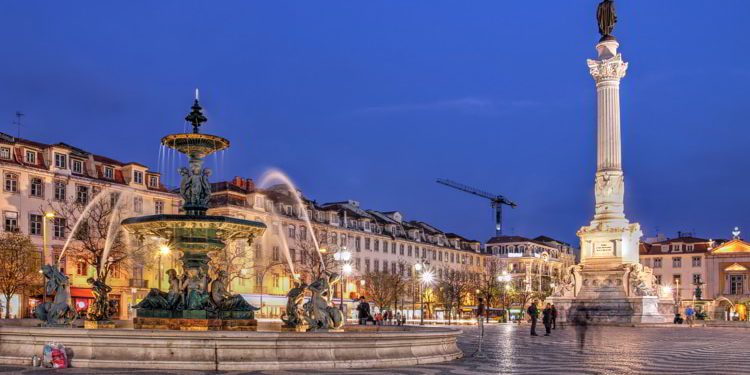Arriving this morning fresh from the colonies to the point where explorers took off to discover them, I’m reminded why we’ve named Portugal the world’s best place to live or retire overseas for nine years running.
We’ll be showcasing all that this hugely historic and warmly welcoming and sublimely affordable country has to offer during our sold-out Live And Invest In Portugal Conference kicking off bright and early Wednesday morning.
A primary focus will be the country’s sun-drenched Algarve coast, but we’ll shine a light on its capital city, as well, which deserves far more attention than it gets.
For a city devastated two-and-a-half centuries ago by Europe’s most destructive earthquake, Lisbon hasn’t done badly.
The Reconstruction Of Lisbon
Destruction means reconstruction and that gave the Marquis de Pombal, Lisbon‘s reconstructor-in-chief, his chance to build the world’s first grid-based capital. Today Lisbon is what New York might have been had a cultivated 18th-century nobleman been in charge of planning.
The broad, placid waters of the Tagus River remain Lisbon‘s foreground, but beyond now stands the finest of Pombal’s colonnaded squares known as the Praça do Comercio, or Black Horse Square, after the equestrian statue of King Jose I in its center. Locals call it the Terreiro de Paço. One magnificent square, among the finest in the world, with three names. From here, two broad avenues lead through the city’s principal restaurant and shopping area to another fine square known as the Rossio.

From that point, the broad Avenida da Liberdade, the city’s principal artery, climbs straight for over a mile to a big public park named after Britain’s King Eduardo VII. Well shaded by trees from the summer sun, it offers strollers broad sidewalks decorated with intricate mosaics of tiny black and white stones carefully tapped into place by an army of municipal workers. Rickety varicolored old wooden trams ply the streets along with open horse-drawn fiacres. Kiosks offer alcoholic beverages and sweet treats.
Looking down over Lisbon‘s agreeable center from the east is the city’s Romanesque cathedral, standing on a rocky summit amid the ruins of St. George’s Castle. Although badly damaged in the earthquake of 1755, it has been expertly restored and contains a magnificent organ with rows of golden trumpets facing each other across the nave.
Below the cathedral and close to the river’s edge is a portion of old Lisbon that escaped the earthquake’s shock, the medieval Alfama. It is a sharp reminder of the four centuries Lisbon spent under Moorish rule until captured by King Afonso I in 1147, a neighborhood of narrow, winding streets, frequent flights of stairs, and tall, white Arabian buildings.
The site of a fish market in the morning, it becomes at night the place to dine in its many little restaurants while listening to singers clad in long black gowns chanting the traditional sad Portuguese folk songs known as fado, or fate.
West from Black Horse Square is the Jerónimos Monastery, the finest surviving example of the typically Portuguese Manueline Gothic style, featuring elaborately decorated arches and pillars with nautical motifs.
Complementing the monastery is the nearby Tower of Belem, a Manueline fort on the tiny peninsula off the banks of the Tagus. This was the last landmark seen by Portuguese explorers as they sailed west or south to discover the world.
Portugal marked the 500th anniversary of Prince Henry the Navigator’s death in 1960 by erecting alongside a monument depicting the prince standing on the prow of one of his ships boldly pointing ahead.
Dominating this end of Lisbon‘s waterfront is the enormous suspension bridge connecting both banks of the Tagus, first completed in 1966. It is now backed by a second lower and longer bridge a few miles east.
Another Lisbon treasure not to be overlooked is the Calouste Gulbenkian Museum, which houses the personal art collection of the man once considered to be the richest in the world thanks to his 5% stake in most of the Middle East’s oil fields. Gulbenkian collected pre-Revolutionary Louis XIV to XVI furniture, gold coins, oriental carpets, and two Rembrandts. Because he left so much money to Portugal, Gulbenkian also financed a modern art collection built up by curators after the Salazar regime Gulbenkian favored had collapsed. I am not sure the old oilman would have approved.Sincerely, Kathleen PeddicordFounding Publisher, Overseas Opportunity Letter
Kathleen PeddicordFounding Publisher, Overseas Opportunity Letter










